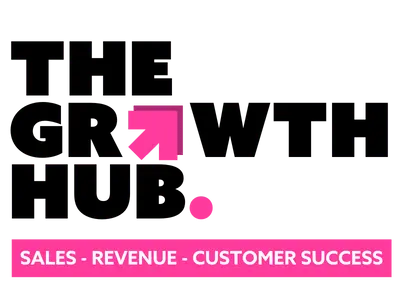In today’s SaaS-saturated world, it is unusual for a new service to be launched into pure white space.
More likely, a new SaaS product will be trying to improve on an existing provider’s product whilst adding its own twist on what they feel the market needs next.
Their go-to-market strategy will require them to steal market share from existing providers and establish themselves as a “name” to consider when buyers are on checking out established providers in the segment.
Internally, much of the go-to-market discussion will revolve around the balance between inbound and outbound strategies to generate leads.
If the start-up is lucky enough to have a bucket of VC cash to scale and an outbound team, the early days will be heavily reliant on an inbound lead generation strategy.
But is it possible to scale using inbound alone?
In this interview, we talk to Wendy McDougall – CEO & Founder, of Firefish Software, about how she has used an Inbound go to market strategy to scale 30% year-on-year for 10 years and establish Firefish as a leading CRM in a very competitive market segment.
Key Areas of Discussions with Wendy McDougall, CEO & Founder of Firefish Software:
- Components of an Inbound Go-To-Market Strategy.
- The value of “giving” to your target market’s ecosystem.
- How to engage your sales team in content planning and generation.
- How can your sales team help develop a content strategy that resonates with your target audience?
- How to collaborate and support professional associations, and niche networking groups in a market segment to accelerate market acceptance.
About Wendy:
Like many technology companies, Firefish Software was born out of the founder’s frustration with the software available to them from existing providers.
Firefish Software’s founder, Wendy McDougall, switched from running a Recruitment business to building a CRM that recruiters wanted to use and gave business owners the tools they needed to succeed.
In the last 11 years, Firefish has had hundreds of clients, across 26 countries, and has consistently grown 30% year-on-year.




